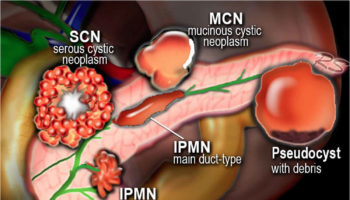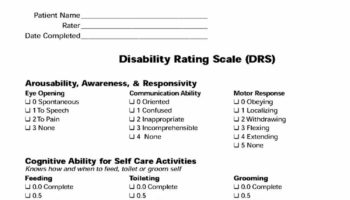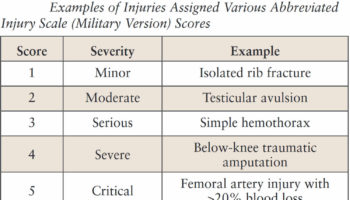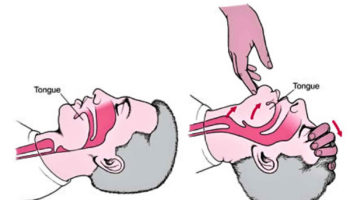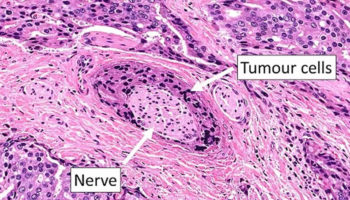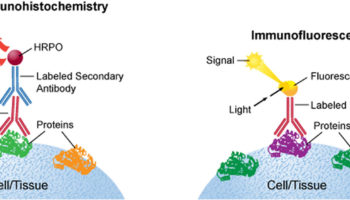Mucinous cystic neoplasm Mucinous cystic neoplasms are defined as mucin-producing and septated cyst-forming epithelial precancerous conditions of the pancreas with a distinctive ovarian-type stroma ((Testini
Disability rating scale Disability Rating Scale was developed as a method of rating the effects of traumatic brain injury (TBI) to determine how long recovery might
Injury severity score The Injury Severity Score (ISS) is an internationally recognized anatomical scoring system to assess trauma severity that provides an overall score for
Head tilt chin lift The head-tilt chin-lift maneuver is a procedure used to prevent the tongue obstructing the upper airways, which commonly occurs in an obtunded
Perineural invasion Perineural invasion (PNI) also called neurotropic carcinomatous spread or perineural spread, is cancer cell invasion in, around and through nerves or the finding of
Meniscal cyst The meniscus is a cartilage pad that serves as a shock absorber, provides stress transmission, enhances lubrication and facilitates nutrition to the knee.
Fat necrosis Fat necrosis is a benign (non-cancerous) breast condition that happens when an area of the fatty breast tissue is damaged, usually as a
Immunohistochemistry Immunohistochemistry or IHC is a laboratory method that uses antibodies to check for certain antigens (markers) or other macromolecules in cells of a tissue
Lymph node infection Lymph node infection also known as lymphadenitis, is the medical term for enlargement in one or more lymph nodes, usually due to
Hepatectomy Hepatectomy consists on the surgical resection of the liver. While the term hepatectomy is often employed for the removal of the liver from a
